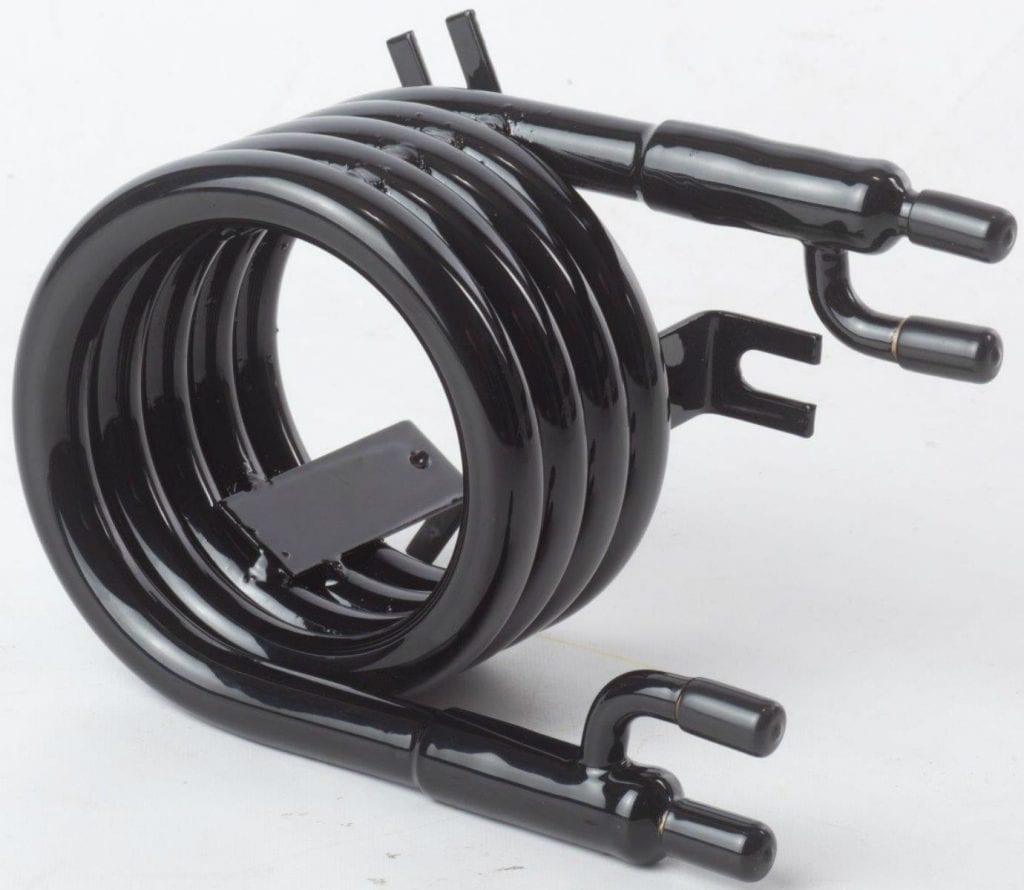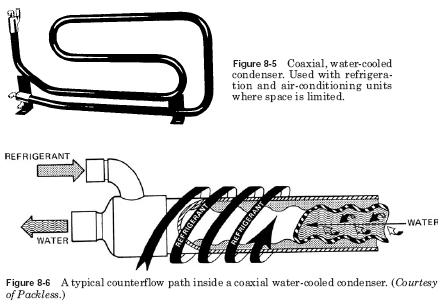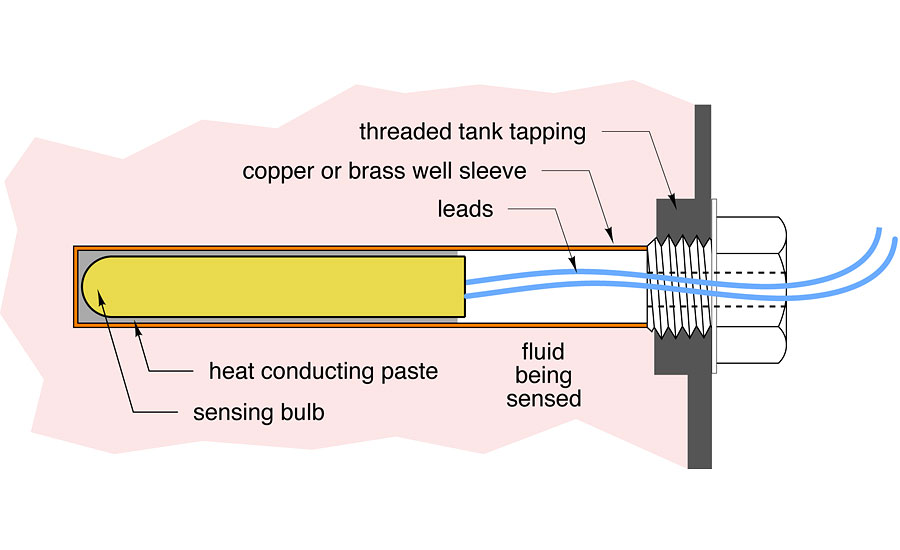Get Tech Tips
Subscribe to free tech tips.
Introduction to Pool Heat Pumps

Air-to-water pool heat pumps are seeing more and more popularity in the climates that can support them over the more traditional gas and electric pool heaters we usually see. While they definitely contain some familiar operating principles to an air-to-air heat pump, there are some striking differences in how the heat is transferred and how the components are controlled and protected.
Heat Exchange in a Pool Heat Pump
Most residential and light commercial heat pumps are packaged systems containing all but a few necessary components for it to perform its duty of heating the body of water it serves. We have some strong similarities with an air-to-air system: a large air coil mounted on its perimeter, an outdoor fan to perform heat exchange over this coil, a compressor to pump refrigerant, and a metering device to control the capacity delivered to the evaporator. On many, you'll also find a liquid receiver or a suction accumulator to make up for the wide temperature loads they're designed to handle. The system gets interesting with the introduction of a water coil.
There are two different types of common water coils in use currently. The first one we'll go over is the coaxial coil. That is a coil inside a coil, designed for rapid heat exchange between the refrigerant and water we're adding heat into.

The mainstay material for coaxial coils has been a unique alloy of copper (Cu), nickel (Ni), iron (Fe), and manganese (Mn), known as cupronickel (pictured above). It has all of the pressure characteristics of copper but with the added benefit of being much more resilient to corrosion from various sources. Interestingly, all of the “silver” U.S. coinage is made with this same alloy. Titanium (Ti), while less noble than copper, has also entered the market as an alternative to cupronickel with a lighter weight and greater corrosion resilience. However, these coils are often larger in size, given titanium exchanges heat less effectively than copper. It's also much more difficult to work with titanium than copper.
Coaxial coils are fairly simple in their construction. The outside of the coil carries refrigerant, while the inside handles the water. These coils are designed to counterflow the two mediums to exchange heat rapidly. The inside of the coil is also rifled, creating a swirling effect that helps this process go further (see the diagram below).

An alternative heat exchanger used is the tube in shell coil, which, just as its name implies, is a refrigerant coil inside a water tank. Counterflow makes an appearance here as well, passing the influent water across the effluent refrigerant. Depicted below is a dome-style tube in shell titanium coil. This particular coil is found in a water-to-water pool heat pump. Note how the copper adjoins to the titanium using a ferrule just before entering the coil.

Safeties and Controls
Pool heaters are thermostatically controlled, just as you would expect. In most cases, water temperature is measured with a thermistor inserted into a temperature well containing a heat-conductive paste to provide the most accurate measurement of the water flowing across it. These are made of either a polymer composite, brass, or copper. They also double as a safety measure on systems employing cupronickel; they will breach first should a chemistry imbalance present in the pool water, alerting service persons before a water-flooded refrigeration system occurs.

Another unique safety we'll discuss is the water flow switch. This switch is akin to the pressure fall switches found inside induced draft furnaces. They contain a pressure-sensitive diaphragm connected to a normally open switch that closes when pressure is applied, thus informing the unit control when water flow is absent. Just like air-over designs, a refrigerant coil with no water to absorb heat can be severely detrimental to the compressor it serves. High discharge pressures can result, leading to premature mechanical failures. While a high-pressure refrigerant cutout may also be employed, this water flow safety acts as a first response to protect the system from catastrophic damage. This will prevent the system from operating whether the pool pump is off due to scheduled downtime, a power interruption occurs, a pool filter becomes impacted, or any other condition that ceases water flow.
A majority of systems contain an internal water bypass that controls how many gallons per minute are allowed to flow through the condenser coil. If there is too much supply water, the temperature rise will be too low; too little, and the temperature rise will be too high. That is one of the most important contributing factors to efficiency in an air-to-water system. These bypasses are usually preset by the factory without any adjustment required in the field. Be aware that there will likely be an external bypass as well, which can wreak havoc on the heater operation, should it be tampered with. Remember to check these first if the water flow switch is keeping the system off!
Similar to air-to-air systems, air-to-water heat pumps will occasionally require defrost cycles during cold weather. These are achieved primarily by demand defrost with a temperature sensor affixed to the air coil. Care needs to be taken with the placement of these sensors, as a quickly frosting circuit can produce short cycling of the equipment. Pools and spas tend to lose heat very quickly, and recovery can become impossible with excessive defrost cycles during cold days.
Finally, many heat pumps will feature a method to pair multiple units to cycle on and off together to provide extra capacity for large pools. That helps keep equipment wear to the minimum, as all heat pumps will be operating in concert during a demand cycle.
In Conclusion
While pool heating can be daunting at first glance, they are relatively simple machines that are usually easy to service with some prior exposure. The basic refrigeration principles all remain the same. The next time a customer asks you why their pool is cold, don't shy away from getting some hands-on experience. You may find a niché at your company!
—Zach
P.S. – If you want to learn more about the basics of pool heaters, check out one of our other introductory articles on the topic.











Comments
To leave a comment, you need to log in.
Log In